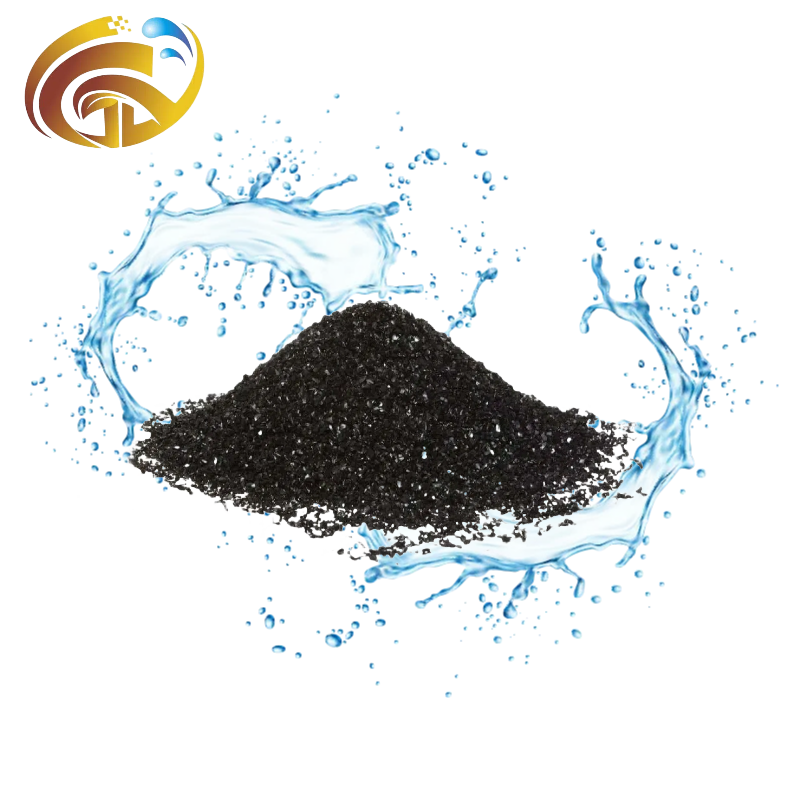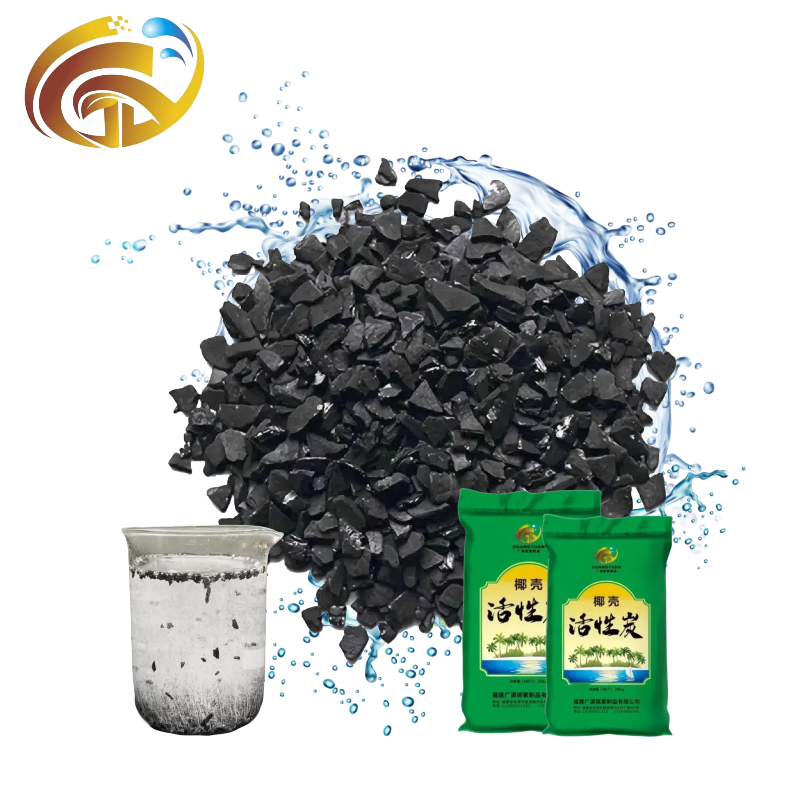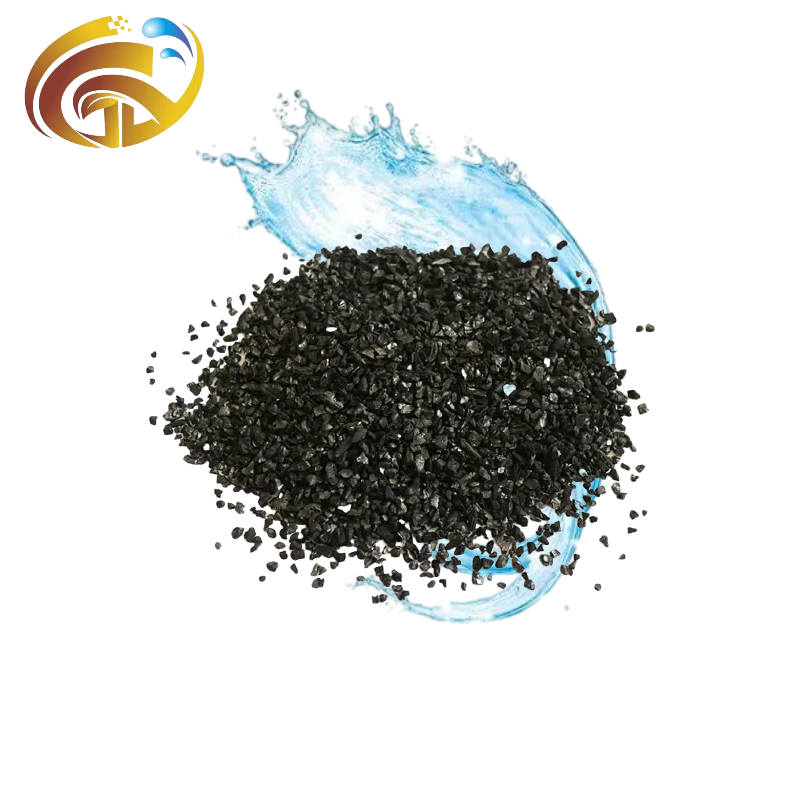Understanding Activated Carbon Water Filtration: Types, Mechanisms, and Applications
1. What is activated carbon filtration?
Derived from materials such as coconut shells, coal or wood, activated carbon undergoes a specialized activation process that results in a porous structure with an extensive surface area. This structure enables it to adsorb impurities such as chlorine, volatile organic compounds, pesticides and heavy metals through physical adsorption and chemical interactions.
2. Types of activated carbon filtration systems
Activated carbon filters come in a variety of forms and applications, each suited to a specific purification goal:
a. Granular activated carbon
Construction: Bulk carbon particles encased in a filter element.
Function: Ideal for pre-filtration due to its low pressure drop and high flow rate. It effectively removes chlorine, odors, and large organic molecules while protecting downstream filters from oxidation.
Application: Commonly used in point-of-entry systems, refrigerator filters, and as a pre-treatment for reverse osmosis systems.
b. Carbon Block Filter
Construction: Compressed activated carbon powder bonded into a solid block, usually encased in a polypropylene layer.
Function: Combines adsorption with mechanical filtration to remove finer particles, cysts and microplastics. Its dense structure ensures extended contact time, which increases pollutant removal efficiency.
Application: Drinking water point-of-use systems, under-sink filters and countertop pitchers.
c. Composite sintered carbon block
Construction: High-pressure sintered carbon blocks infused with ion exchange resins or other media for enhanced functionality.
Functionality: Targets complex contaminants such as heavy metals and hard water minerals. Some advanced variants can even filter bacteria and cysts without the need for additional membranes.
Applications: High-end under-sink systems, whole-house filtration, and scenarios where direct drinking is required.
d. Activated carbon fiber
Construction: Woven carbon fiber mat or felt with ultra-fine pores.
Function: Provides fast adsorption kinetics due to its ultra-high surface area. Effective for low concentrations of VOCs and pharmaceutical residues.
Applications: Specialized industrial systems, medical facilities, and high purity water production.
e. Powder activated carbon
Structure: Finely ground carbon particles.
Function: Used in emergency water treatment or industrial processes to quickly adsorb toxins such as algae blooms or chemical spills. Post-filtration is required to remove residual carbon.
3. How activated carbon filters work
Activated carbon's effectiveness stems from two mechanisms:
Physical adsorption: contaminants are trapped in the micropores and mesopores of the carbon. For example, chlorine molecules bind to the carbon surface, reducing disinfection byproducts such as trihalomethanes.
Chemical reaction: functional groups on the carbon surface react with contaminants. For example, mercury ions are reduced to elemental mercury and retained within the filter.
Limitations:
Does not remove dissolved salts, nitrates, or hardness.
Requires replacement every 3-12 months to prevent bacterial growth and filter saturation.
4. Choose the right activated carbon filter
Consider the following factors for optimal performance:
Water Quality:
For municipal water with high chlorine content, a granular activated carbon or carbon block filter will suffice.
For wells containing VOCs or pesticides, a composite carbon block is preferred.
Flow Rate vs. Filtration Efficiency:
Granular activated carbon provides faster flow but less precision; carbon block trades speed for thorough purification.
5. Innovation and future trends
Emerging technologies aim to address traditional limitations:
Silver-impregnated carbon: inhibits bacterial growth within the filter, extending service life.
Graphene-enhanced carbon: improves adsorption capacity for heavy metals and PFAS.
Smart filters: IoT systems with TDS sensors and filter life indicators (e.g., IAM-I1000GW).



Guangyuan Carbon has become a leading carbon solution provider through advanced R&D, scalable production and strict quality certification (CE, ISO, NSF). We can provide customers with tailor-made OEM/ODM services, environmentally friendly materials (such as coconut shell carbon) and strong after-sales support.
· Fujian Guangyuan Carbon Products Co.,Ltd.
